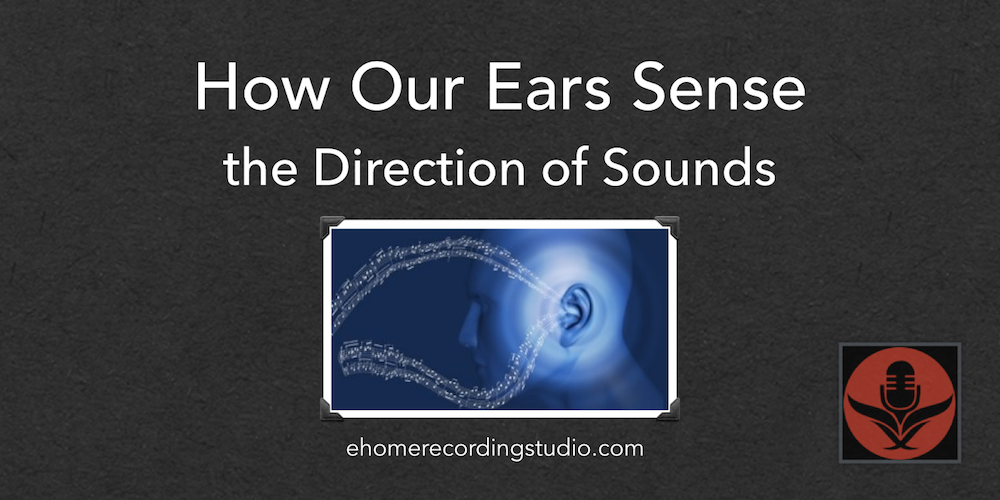


From their (hopefully consistent) outputs, a 3D landscape is built. One important function in the brain, to combine and compare the raw information from the two cochleae, occurs in different brainstem nuclei, notably in the olivary complex, which exploit the intensity, timing and frequency aspects of what the cochleae have encoded.
Benefits binaural hearing professional#
It is a notorious complaint of hearing-impaired people with asymmetric hearing loss that they are unable to do so, even with normal hearing in one ear and, as a result, they experience a considerable social - and often also professional - disability.Īudition, including its stereophonic abilities, is a complex process in which peripheral analysis in the cochlea is only a first stage. For humans, survival may not be at stake, but in the presence of background noise, as happens in a place where several talkers interact, understanding speech requires the ability to locate and follow each talker.

mammals ), they are ubiquitous in all binaurally equipped species. Despite their likely high genetic cost, and although they can be based on quite different blueprints (e.g. The evolutionary advantage of this ability to detect a predator stealthily approaching its prey while the latter drinks near a noisy waterfall is so huge that the brain has developed and maintained impressively refined stereophonic systems. Thus, when submitted to this analysis, competing activities will be identified as separate objects located in different directions to which it will be much easier to pay (or not pay) attention than it would have been with a monaural input providing a flat, 2D sound landscape. from interaural time differences (ITD) to interaural level differences (ILD) to locate sound sources with increasing frequencies. The duplex theory of Lord Rayleigh was brought forth to account for the need for the brain to switch from timing to intensity cues, i.e. These tasks are strongly frequency dependent, because the head shadow effect hardly affects low frequencies that experience diffraction by the head conversely, timing differences are less efficiently encoded at high frequencies because the auditory neurons cannot encode the fine structure of high-frequency stimuli, but only their envelopes. If the two ears process sound in such a way that interaural differences are accurately encoded in the volleys of auditory-nerve action potentials in response to the sound, two complementary tasks are left to the brain: to detect that particular patterns of action potentials from the right and left side correlate so well that they can be ascribed to a single, definite object, and from the asymmetries between the two correlated inputs, to localise this object in some horizontal direction.

The further to the right the source is located, the larger the interaural differences. For example, sound coming from a source on the right side of a subject reaches the left ear later than the right ear, as it has to travel further, and it reaches it with a lower intensity, as it has experienced the head shadow effect. Both in the visual and auditory modalities, this character contributes to creating ‘objects', which are easier to segregate and identify than what would have happened if a single receiver had been available. Similar to stereoscopy, stereophony is based on combining information in the brain from the two ears, creating a robust illusion that confers the stimulus a special character of perspective known as three-dimensional (3D) depth and localisation.


 0 kommentar(er)
0 kommentar(er)
